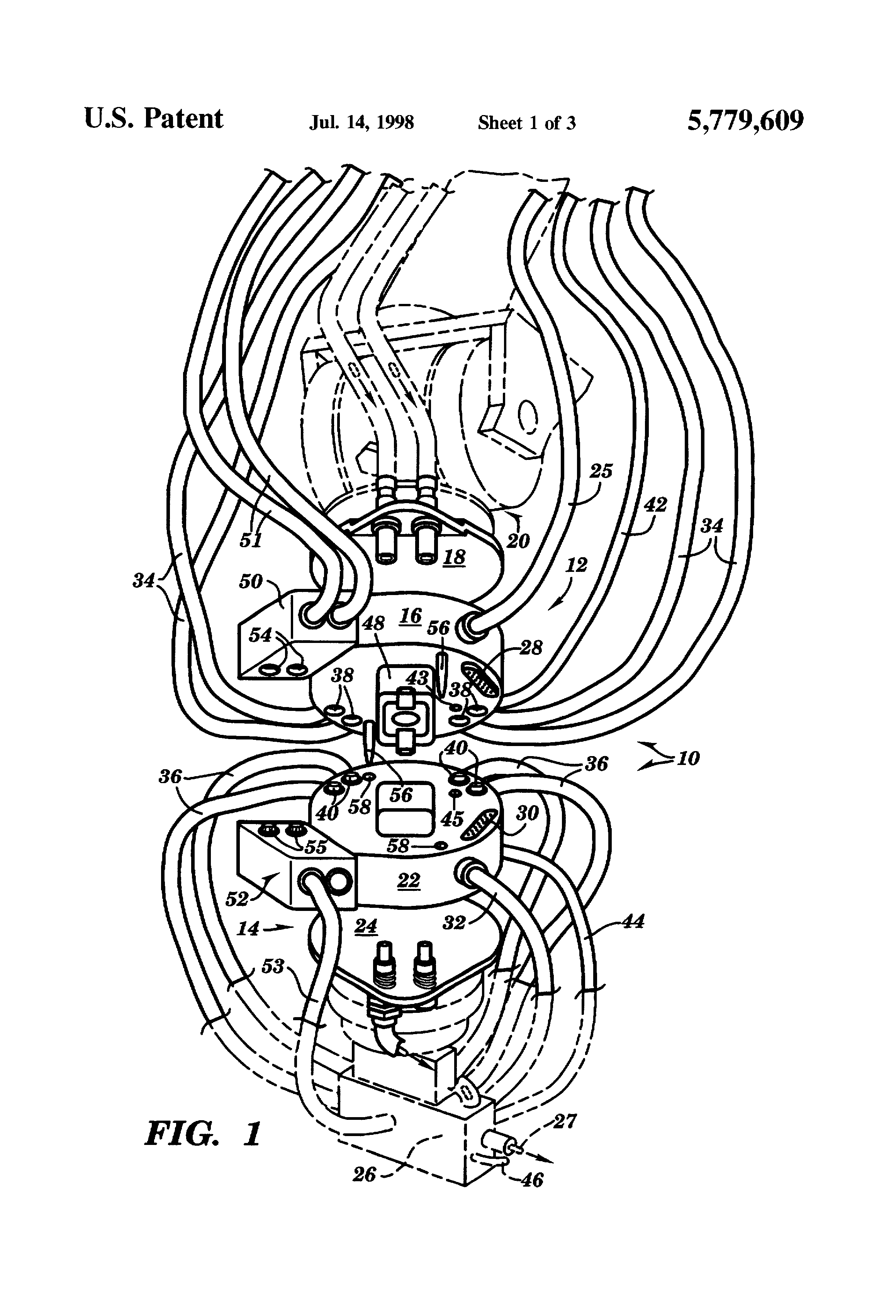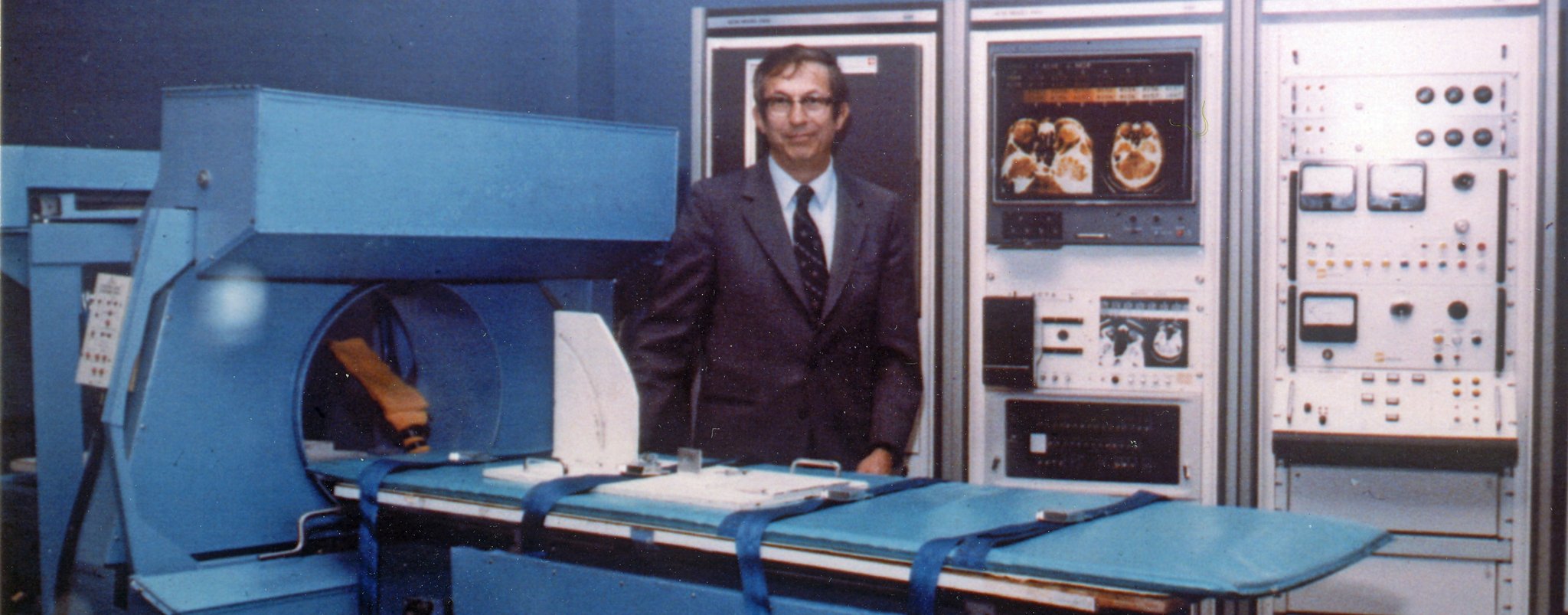Today’s Patent- STUD WELDING TOOL

Increase of reliance on robot technology over the past several decades can be noticed due to its wide-spread use in several fields which includes electronic machinery and automobile manufacturing, nuclear power generation, disaster prevention as well as many other diverse functions such as finishing concrete building, performing medical care and many more. Advancement in robot technology not only generate wider commercial application but also provide improvements in industrial productivity and product quality.

Robotic tool changing systems, designed to facilitate the performance of various different tasks by a single robotic system are one of such robotic development, that has elevated the expansion and utilization of industrial robots. The method of attaching a metal fastener or a specially formed nut to another metal component is referred to as stud welding. Using fasteners called weld stud, stud welding is a complete one step fastening system.
A robotic tool changing system may enable a single robot to perform stud and spot welding, to palletize heavy loads and to engage in metal removal operations. In spite of all these robotic technologies which exist earlier, there is a need for a fully integrated robotic tool changing system having all stud welding utilities interfaced through the tool changing assemblies for improvements in robot productivity.
On 14th July, 1998 W. Paul Cullen, Pamela B. Bilings and Douglas N. Gallup got Patent protection with the Patent Number US5779609A for inventing Integrated stud welding robotic tool changing system, that is mainly related to robotic tool changing systems for stud welding applications and as such fulfills the need which exists in earlier robotic technologies.
This invention provides for an apparatus for an automated changing system for transporting fasteners to a tool. There are two adapters, both having first and second passage respectively, and having 2 openings at first and second ends respectively. When these 2 adapter assemblies are mated, the first and second passages are mutually aligned to allow a fastener (stud) to be transported to a stud welding tool.
The main object of this invention is to provide a stud welding robotic changing system which integrates all stud welding utility lines through the robotic change system and increase the life of these utility lines, as well as requires less maintenance and repair over conventional robotic stud welding systems. Such a system will also permit the removal of the stud welding gun from the work cell without the need to manually disconnecting the utility lines attached to the stud welding gun.



